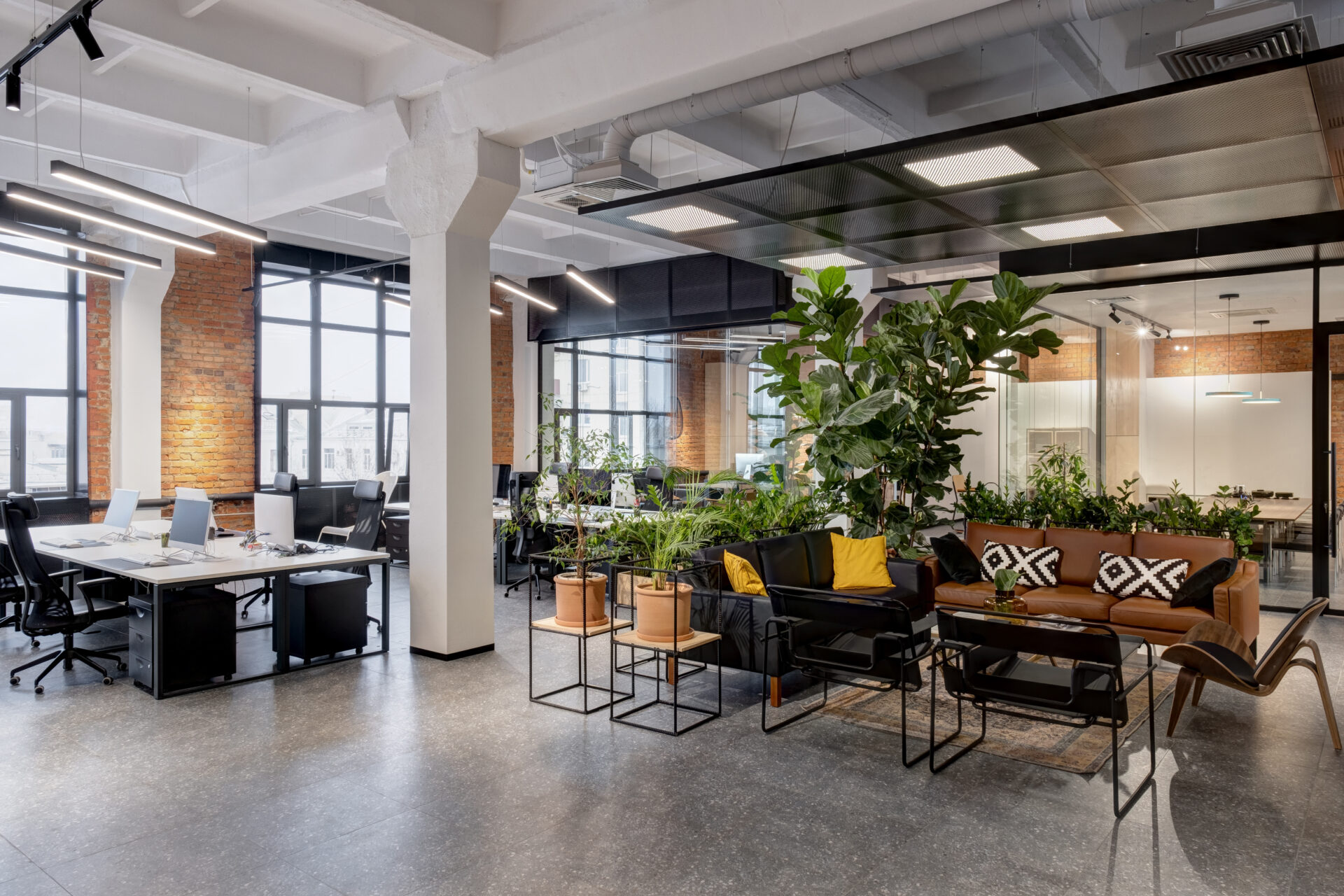R-Zero vs Density: Differences That Will Guide You to Make a Final Decision
Investing in the new generation of smart office technology can sometimes feel like a leap of faith, especially when you don’t know what systems will work best for your unique business environment. Occupancy sensors for offices can provide crucial data about how your office or workplace is actually used by employees—data which can translate to increased efficiency and big cost savings. However, not all occupancy systems are created equal, and when choosing a system meant to help your business and employees function more easily, it’s important to stay informed.
How to Choose the Best Occupancy Sensor
In the broadest sense, occupancy sensors remotely monitor when people are present in a given space and collect that data as a form of workplace analytics for future use. When determining whether or not one of these systems would be a good fit for your workplace, start by answering a few questions about the logistics of your business:
- How much square footage will I need to cover and what are the active ranges of the sensors I’m considering?
- Which areas are more important for monitoring than others?
- What kind of power supply will this system require?
- What are the priorities for my business that I’d like to address with an occupancy sensor system, and are the sensors I’m considering built for such tasks?
Basic questions like this can help you determine what size and quality of system you need, and what kinds of problems these sensors are intended to solve. Knowing these factors can help you determine your ROI when it comes to the initial price point, and the kind of features you can expect for your budget. After the initial business questions, however, you should also consider the kinds of qualities you’re looking for in the company you’re trusting with the security and efficiency of your business. Ask questions like:
- How much does this company value my privacy?
- What does this company do with the data it collects?
- What kind of installation will this system require, and does this company have a reliable record for technical support?
Once you’ve established your list of wants and needs when it comes to the different types of occupancy sensors, it’s time to compare and contrast.
Density vs. R-Zero Sensors

R-Zero and Density sensors are both in the class of privacy-minded occupancy tools that rely on Passive Infrared Technology, Thermal, and Time-of-Flight technologies to sense when rooms and workspaces are occupied. These remain the gold-standard for privacy as, unlike vision-based or “RGB” cameras, facial recognition-based systems, or badge data, they do not have the capability of recording or storing sensitive images of occupants—meaning that the occupancy data is generated by utilizing purely anonymous data and cannot contain any identifying information. Both systems allow for workplace management with occupancy sensor data. However, there are a few major differences between the two systems.
Battery-powered vs. Wired Connection
Density entry/exit sensors are designed to be mounted overhead (specifically in doorways) and monitor the occupancy of the room they are installed in. Similarly, Density’s Open Area sensors also require a constant 30w PoE (power over ethernet) supply to function. Wired systems may require upwards of 10x the upfront costs for installation by a team of electricians. Wired systems require extensive planning and coordination with your building systems, infrastructure, and design teams for implementation. They also pose extensive costs for adjustments to the installation as moving sensors also require moving wired power.
Both R-Zero’s WorkPoint sensors (for cubicles and desks) and WorkSpace Counters (for large areas or conference rooms) are battery operated and wirelessly connect to data streaming Mesh Network. R-Zero systems can be installed quickly and easily without the high-cost services of electricians. WorkPoint and WorkSpace Counters can also be easily relocated without the difficulty of rewiring in your ceilings or walls.
Usability
Density’s Entryway and Open Area sensors work best when mounted higher on a ceiling or doorway, with a minimum installation height of around 7 feet. Various factors can influence the detectable field-of-view of Entryway sensors, and the installation guide includes a list of parameters that must be met for optimal performance. Entryway sensors must also be installed on the threshold of every entrance of a room to gain an accurate count of the occupants.
R-Zero’s WorkPoint sensors should be mounted nearby to the area they’re intended to monitor—such on underneath a desktop or on a ceiling above a workspace. The WorkSpace Counter should be mounted overhead and is intended to monitor a designated area and provide an accurate headcount. Both the WorkPoint and WorkSpace Counter come with simple, non-permanent mounting solutions that work for nearly all environments, making them easy to move as the workplace evolves.
Connectivity and Scaling
Each Density device can connect to IoT services through a fully wired ethernet connection or through WiFi. A gateway is a separately purchased entity and will need to be mounted and installed similarly to the sensors themselves. Density sensors cannot operate on 5Ghz or WPA2 networks. Scaling up or down using a Density occupancy sensor system is possible, but will require advanced planning depending on the availability of installation experts needed to remove or add individual units.
R-Zero’s Workpoint and Workspace sensors can easily stream data via Mesh Network to the R-Zero WorkHub. The hub is then easily connected to the cloud over cellular, WiFi, or ethernet. These three options ensure you are up and running quickly. Once in place, the sensors will connect to IoT services for as long as their batteries are operational—which can be years. Because R-Zero room occupancy sensors are easy to mount in accordance with simple spacing guidelines, they can be added and removed as needed.
Bottom line
Investing in a privacy-first and future-forward occupancy system for your office or workplace can offer your business a leg up when it comes to superior planning and space utilization, cost-savings, and employee efficiency. Thermal and ToF-based systems give you the data needed to find evidence-based solutions to problems around the office—with superior protection for you and your employees’ privacy built into the tech. Density sensors offer good spatial coverage at the expense of hard-wired sensors and expensive changes. R-Zero offers top-down coverage of rooms and offices, as well as individual workstations—all wirelessly connected and powered for superior scalability and ease of use.
More posts you might like
-

Why should I improve indoor air quality (IAQ) & indoor environmental quality (IEQ) in my buildings?
The Importance of Healthy Indoor Air Quality Clean air and proper ventilation indoors is crucial for the creation of high-performance work places, classrooms, and healthcare environments. It’s also essential in fostering comfort, productivity, and well-being for your building occupants. Imagine walking into a building optimized for health and comfort. The air feels fresh and light. […]
-

How to Improve Indoor Air Quality in Your Buildings
As a building owner or operator, ensuring optimal indoor air quality (IAQ) in your spaces is essential for the well-being and productivity of your tenants and occupants. To help you get started, here’s a guide to ensure you are meeting indoor air quality standards across your real estate portfolio. Understanding Indoor Air Quality Standards To […]
-

The importance of indoor air quality testing in office buildings
In today’s workplace, ensuring a healthy and productive environment for employees is crucial. One of the most significant factors influencing workplace well-being is indoor air quality (IAQ). As part of our focus on smart buildings, R-Zero offers advanced indoor air quality testing solutions like the R-Zero IAQ Monitor, designed specifically for enhancing occupant comfort and […]

